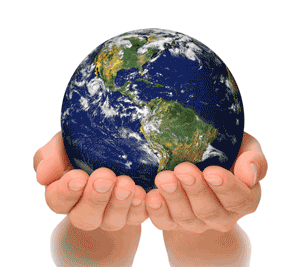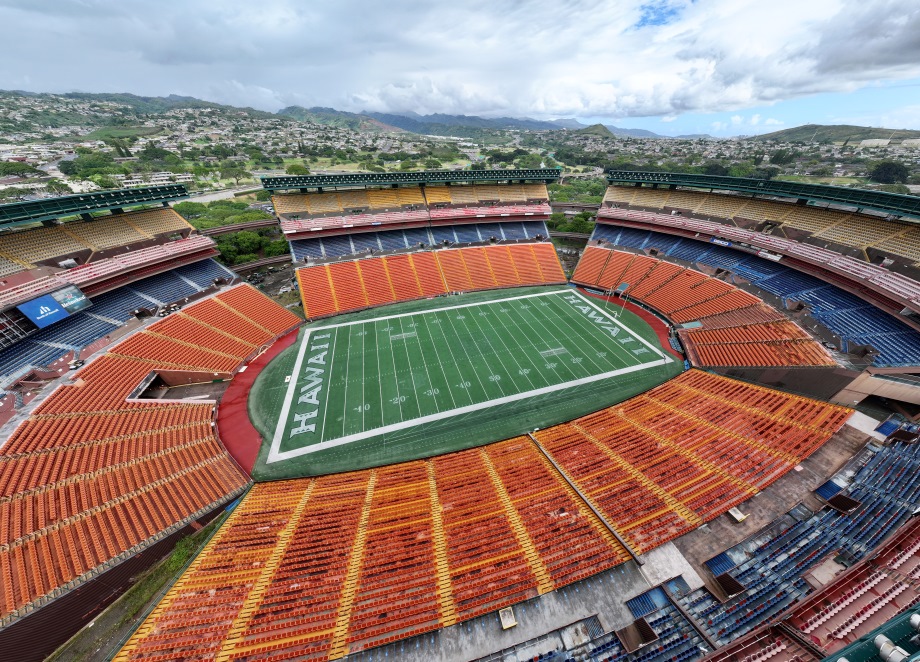How to Collaborate with Engineers All Over the World
How to Collaborate with Engineers All Over the World
by Carol Milano

At Carnegie Mellon, the fastest-growing student organization is its Engineers Without Borders (EWB-USA) chapter, according to Professor Kelvin Gregory, the faculty mentor. Founded in 2008 by Brad Hall, a senior mechanical engineering student, EWB offers young engineers an opportunity to interact with colleagues all over the world, and participate in projects that benefit developing communities in many nations.
EWB-USA has hundreds of university and professional chapters. Each chapter partners with non-government organizations in a variety of locations that request assistance. Often, projects focus on a particular university’s expertise; for example, Midwestern colleges might address agricultural needs.
Marisa Simmons (BS, 2013) joined MIT’s EWB chapter in her freshman year. Its first project, solar panels for a Ugandan health center, required both electrical and mechanical engineering. During the summer of 2009, MIT students did on-site interviews and surveys in Uganda. In 2010, Simmons was one of four MIT students (plus a faculty mentor) who teamed up with several Makerere University students for six weeks in Uganda. After installing solar panels, the students initiated water purification efforts, using information the research team gathered. In her team’s second Uganda trip in 2013, Simmons notes that they “continued rainwater harvesting, which is the most affordable way to get water in that region. We had built six harvesting tanks and will update those and build more. The structures are small and simple, made of mortar cement reinforced with wire mesh. There’s local access to those materials, but plastic would have to be trucked in.”
“EWB projects are usually simple enough that students can do them. The point is that you do a design that’s feasible for the community and [basic] enough for people with little experience and minimal equipment. It’s much more than the equations and scientific principles you learn in school! We learned logistics and project organization. It’s not just design of the project and model, it’s making sure you can get all the materials,” said Simmons.
She discovered that every culture has unique ways of doing things, including the construction process. “It was good for us to find out from local students what kind of construction they’d do there, rather than just say, ‘This is how we do it in America.’ In any project in a developing nation, things change all the time. We learned how to be flexible, and got actual practice in on-site problem-solving.” Although the experience was tough and challenging at times, Simmons acknowledged that, “the project was a very, rewarding experience.”
- Agriculture
- Civic Works
- Energy
- Information Systems
- Sanitation
- Structures
- Water Supply
Prof. Gregory worked on an international project as an undergraduate at the University of Nebraska in 1995. “Our technology is far more advanced than what is available in communities with EWB projects,” he observed, “It’s important for students to provide technology that is appropriate from both engineering and cultural standpoints. You can’t install 20-story windmills to supply power in a developing country because they couldn’t fix it! Students assess, design, implement, and train. They make sure the community’s needs are being met before leaving, and that what they have done is sustainable.” For each project’s multiple trips, Carnegie Mellon students are accompanied by licensed professional engineers, who work with them on design and implementation.
In 2011, EWB-USA, ASME and IEEE founded Engineering for Change (E4C). One of its 12 lead sponsors, the Society of Women Engineers (SWE) has had membership participation grow more than 75% since 2011. As reported by Alyse Stofer, President of SWE. “Engineering for Change is a fantastic collaborative forum, combining humanitarian and engineering issues. It’s a true multi-generational, multi-discipline, on-line community of engineers, social scientists, and innovative thinkers around the world. You’ll see different areas of interest. Go where you have knowledge and passion,” exclaimed Stofer. SWE’s website also features a member participating in an E4C project.
E4C’s Workspace section encourages members to share problems and brainstorm new ideas with an alliance of 500,000 member engineers and technologists in E4C. Membership is free. Any registered member can post challenges or questions. One recent request was for creating a mechanism allowing better airflow on Venezuelan public buses. (Postings are monitored by the E4C community at large.)
“You get to interact with all types of engineers and other professionals you wouldn’t ordinarily work with,” says Stofer, “and think about how we can bring our insights and skills to humanitarian needs. Engineers want to give back. That’s what makes this a great collaboration.”



